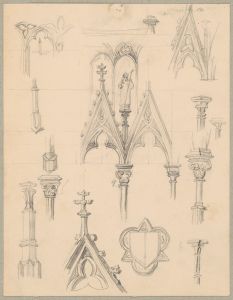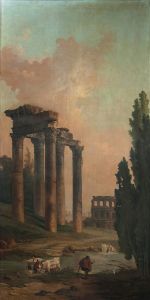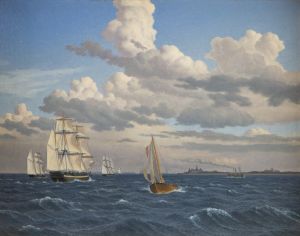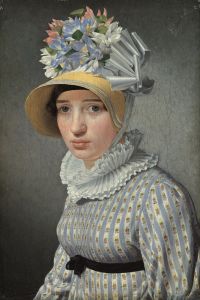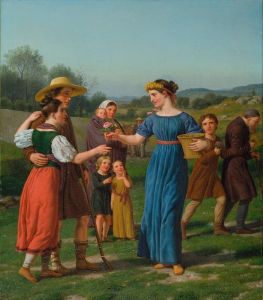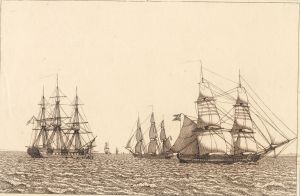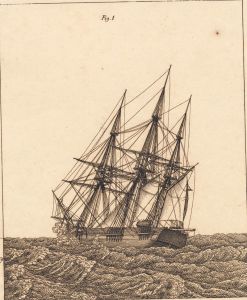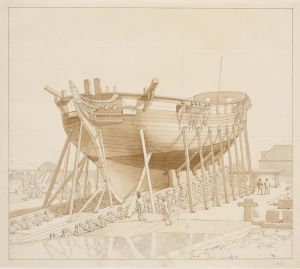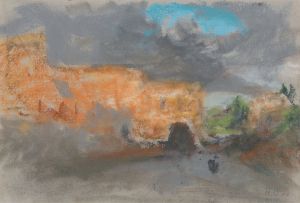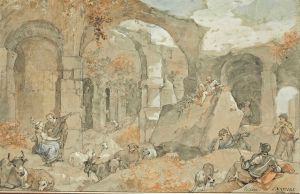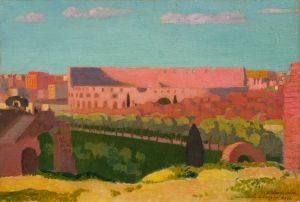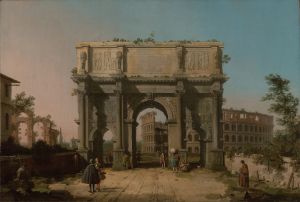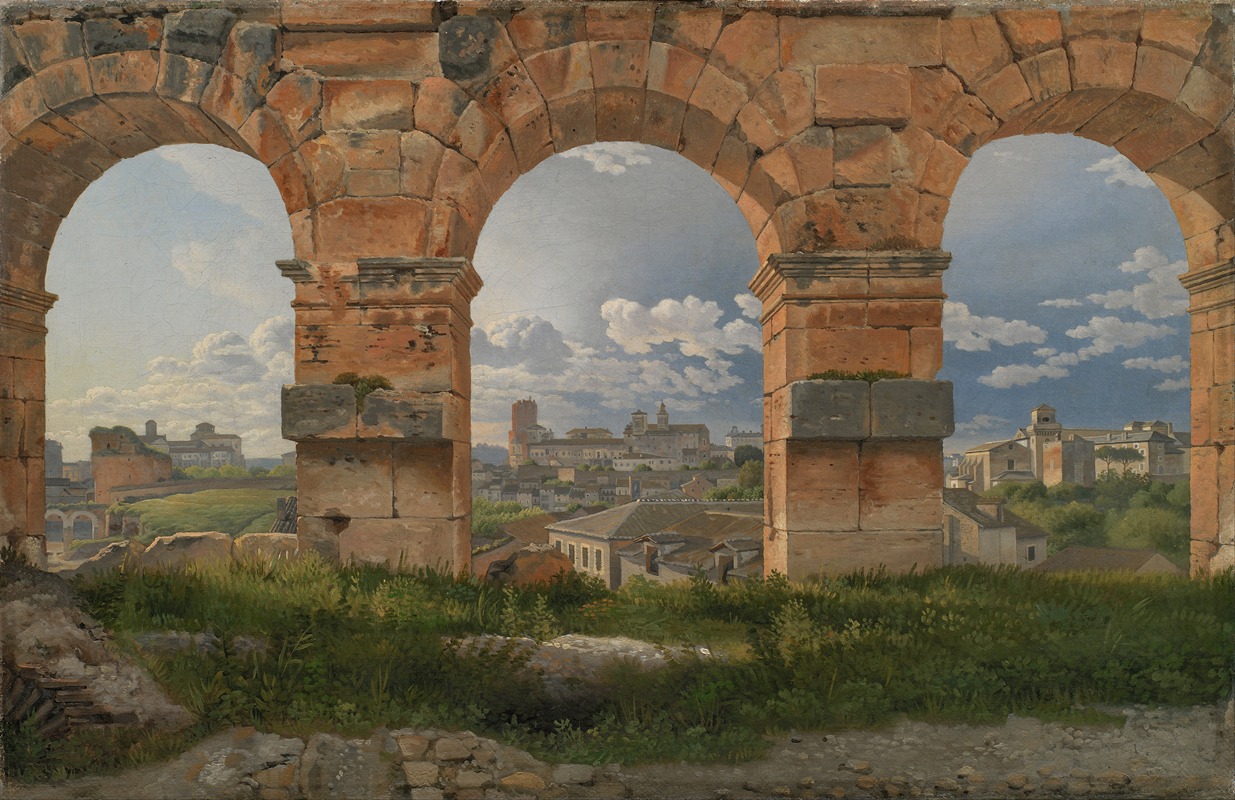
A View through Three Arches of the Third Storey of the Colosseum
A hand-painted replica of Christoffer Wilhelm Eckersberg’s masterpiece A View through Three Arches of the Third Storey of the Colosseum, meticulously crafted by professional artists to capture the true essence of the original. Each piece is created with museum-quality canvas and rare mineral pigments, carefully painted by experienced artists with delicate brushstrokes and rich, layered colors to perfectly recreate the texture of the original artwork. Unlike machine-printed reproductions, this hand-painted version brings the painting to life, infused with the artist’s emotions and skill in every stroke. Whether for personal collection or home decoration, it instantly elevates the artistic atmosphere of any space.
Christoffer Wilhelm Eckersberg, a prominent Danish painter, created the artwork "A View through Three Arches of the Third Storey of the Colosseum" in 1815. Eckersberg is often referred to as the "Father of Danish Painting" and played a crucial role in the development of the Danish Golden Age of painting. His works are celebrated for their meticulous attention to detail and their ability to capture the essence of the scenes he depicted.
This particular painting is an exemplary piece showcasing Eckersberg's skill in architectural painting and his interest in classical antiquity. The artwork depicts a view from the third storey of the Colosseum in Rome, one of the most iconic structures from ancient Roman architecture. The Colosseum, also known as the Flavian Amphitheatre, was an arena used for gladiatorial contests and public spectacles, and it remains a symbol of the architectural ingenuity of the Roman Empire.
Eckersberg's painting captures the grandeur and the intricate details of the Colosseum's architecture. Through the three arches, viewers can see the Roman landscape beyond, providing a sense of depth and perspective. The use of light and shadow in the painting highlights the textures of the ancient stone, emphasizing the historical significance and the enduring nature of the structure. This work reflects Eckersberg's ability to blend realism with a sense of romanticism, a hallmark of his style.
During his time in Rome, Eckersberg was influenced by the neoclassical movement, which sought to revive the classical art and architecture of ancient Greece and Rome. This influence is evident in his precise and harmonious compositions, as well as in his choice of subject matter. The painting not only serves as a representation of the Colosseum but also as a study of light, form, and perspective, demonstrating Eckersberg's academic approach to art.
Eckersberg's stay in Rome was part of his grand tour, a traditional journey through Europe undertaken by many artists of the time to study the art and culture of the continent. His experiences in Rome were pivotal in shaping his artistic vision and contributed significantly to his later works. The painting of the Colosseum is one of several works he completed during his Italian sojourn, each reflecting his keen observation and technical prowess.
Today, "A View through Three Arches of the Third Storey of the Colosseum" is housed in the Statens Museum for Kunst (National Gallery of Denmark) in Copenhagen. It remains an important piece within Eckersberg's oeuvre and is appreciated for its historical and artistic value. The painting not only offers a glimpse into the architectural splendor of ancient Rome but also serves as a testament to Eckersberg's legacy as a master of Danish painting.
In summary, Christoffer Wilhelm Eckersberg's painting of the Colosseum is a significant work that exemplifies his dedication to capturing the beauty and complexity of historical architecture. Through his detailed and thoughtful approach, Eckersberg has left an enduring impression on the world of art, and his works continue to be studied and admired for their contribution to the neoclassical movement and the Danish Golden Age of painting.





